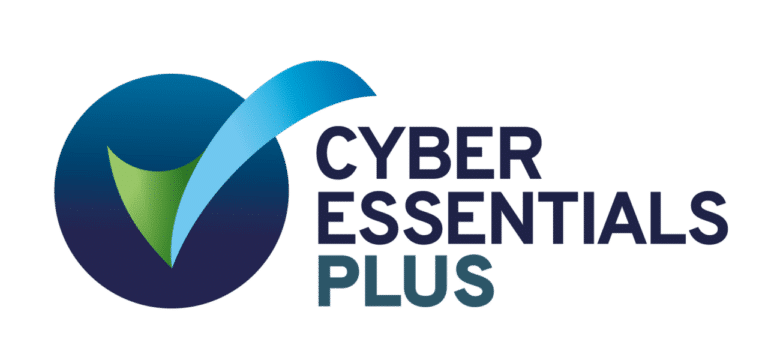As the Finance Director demonstrates their strategic value proposition to the C-suite through strategy, insights, and metrics, so too must the modern General Counsel.
The office of the General Counsel provides legal advice and guidance and can have an enormous impact on their organisation’s competitive advantage and bottom line. Early identification and management of risk, cross-organisational insights, as well as their leadership and support of their C-suite colleagues, makes the function invaluable and crucial for sustainable success. But how can it be defined and demonstrated?
Clearly, the legal function’s value proposition is much more than head count and the number of legal matters completed. Hence, it is essential to form a 360° view of the legal function, consider it within a strategic framework, and align metrics where possible.
Make vs buy
The first, pivotal strategic decision for any organisation is whether to ‘make or buy’, and in the context of the legal function this is to answer the fundamental question about whether to have an internal legal resource, fully out-source or adopt a hybrid approach. The strategic decision to resource an internal legal function and the corresponding investment must be weighed against the alternative option of out-sourcing advice and legal support. For most organisations, there is a tipping point where the cost and benefit of building the in-house legal function far outweighs the alternative.
Further, forward thinking General Counsel will develop and articulate a strategic decision making criteria and process for what to in-source, to whom, and conversely, what will be briefed to external law firms and why. This will form part of the 360° view of the legal function with the ultimate goal of delivering value and positive outcomes for their organisation. A legal function that fails to demonstrate the value they are adding – such as expediting sales, helping to eliminate threats and exploiting opportunities – in a quantifiable way, will always be deemed a cost centre.
Bottlenecks
In the modern business environment, time is of the essence and providing the correct legal support when and where it is needed with the right level of expertise and experience is crucial. Appropriately triaging and streamlining the processes to minimise delays and manage resource-related bottlenecks will significantly impact outcomes and perceived service delivery.
This needs careful consideration, planning and alignment of strategy, processes, and systems.
Having this infrastructure in place will enable the legal function to provide insights as a true business partner and respond to any perceived or actual service delivery issues.
Connecting the dots
The General Counsel must have the ability to meet the immediate needs of internal stakeholders and their day-to-day operations whilst also looking to the future. Identifying and understanding future sources of risk and communicating this internally to inform strategy and future decisions is essential. Further, an astute approach to horizon scanning and successfully incorporating this into corporate knowledge can form a competitive advantage. External legal service providers are well-placed to support the legal function in this area and this can present an opportunity for law firms to demonstrate their deep understanding of your industry and business.
Holding the board to account
In a rapidly evolving and uncertain environment, modern General Counsel must consider not just the legal consequences and what ‘can’ be done, but also the full context of internal and external stakeholders and possible non-legal future implications, and ask if it ‘should’ be done. Shareholder activism, the rise of ESG, trial by social media, the ‘me-too’ movement, and regulator watchdogs are examples of the numerous considerations and lenses that must inform decision making.
General Counsel must ask hard questions and ensure that moral, ethical and responsible corporate behaviour is maintained.
Preparing and adopting an appropriate decision framework for the board and educating internal stakeholders would be valuable.
Risk appetite
Each organisation and governing board will have a different risk appetite, meaning there is an implicit or explicit tolerance for risk. The role of the General Counsel is to understand and articulate the risk appetite and apply this to decision-making strategies. Translating the organisation’s definitions of high, medium, and low risk and applying this to all legal matters is a good starting point. More sophisticated applications will include litigation settlement decisions and even law firm selections.
Internal knowledge and ‘know-how’
The legal department’s corporate knowledge and ‘know-how’ is often undervalued and can be a business advantage. Where possible, look to foster good working relationships and connectivity across business units and departments. Applying the legal team’s experience and insights can solve potential issues before they become problems, prevent delays and bottlenecks, and mitigate risk. Demonstrating the legal teams’ contribution to each business unit and department through metrics and reports can assist in senior discussions about resources as well as identify opportunities for training or further investigation.
Demonstrating value
General Counsel can now match the Finance Director with a strategic framework and set of metrics that demonstrate the value proposition of the entire expanded legal function – internal and external. Below are 10 key insights and metric sets that will prepare General Counsel to elevate the legal function.
10 examples of metrics and insights:
1. Volume and type of legal matters in-sourced and out-sourced
2. Calculation of the cost of in-sourced legal work if it were sent externally
3. Engagement types (direct vs competitive RFPs), law firm split, estimated and actuals fees, and calculation of savings made via better buying decisions
4. The calculated value of self-service automation offerings such as NDAs – monetary value and time saved
5. Number, type, and value of legal matters that were out-sourced due to internal resource constraints
6. Value and types of value-adds provided by law firms
7. Breakdown of legal matters by risk profile, with particular emphasis and oversight of matters considered high risk
8. Calculate and monitor litigation exposure and associated risk
9. Calculate and demonstrate the value of contracts assisted by the legal team and, where possible, outline the value added by the legal advice provided
10. Qualitative analysis to support internal and external service delivery.
These 10 metric sets are just the start. If you’d like to explore how these insights and metrics can be supported via dashboards, automated reports, processes and systems, then explore The GCs Ultimate Dashboard, a legal solution developed by LEX360 and Lawcadia.


